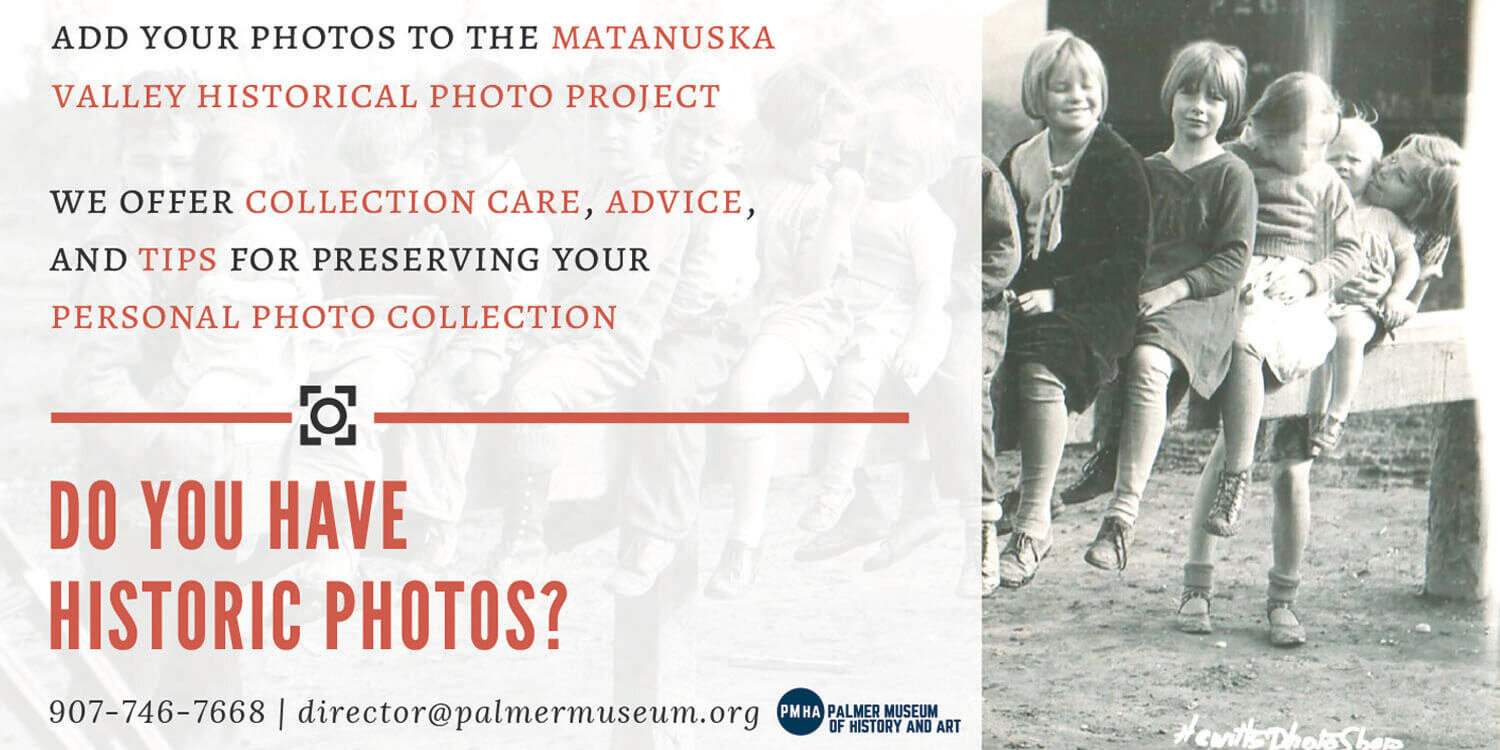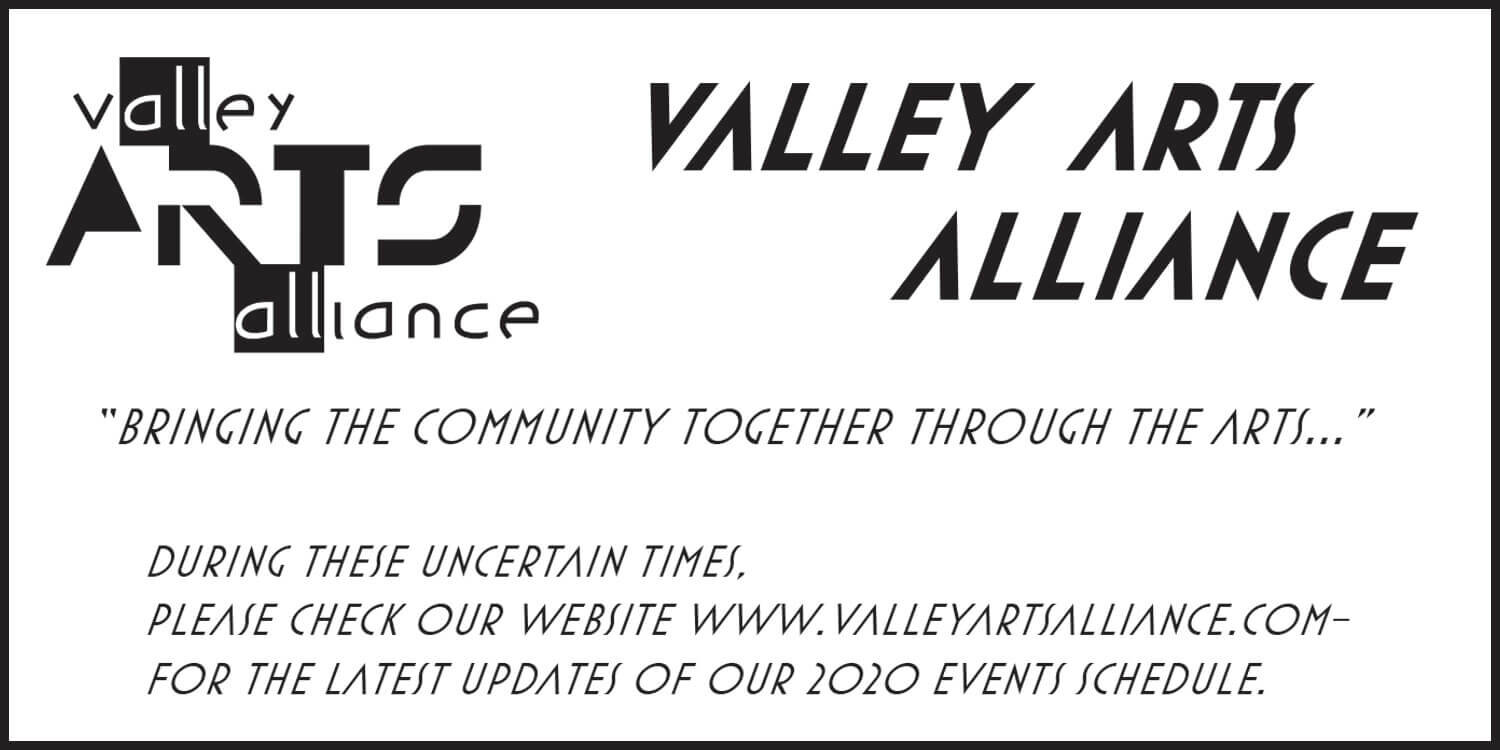Contributed by Sally Hitchcock, Hitchcock Piano Studio
Years ago, I was told to learn notes of my spring piano recital piece and then “we” could add the thing we have always called dynamics. We would learn the notes, and then struggle for an entire school year to clean up the blah, lifeless thing that our ears had learned to hear and our fingers learned to do.
Since then, I have discovered how to more easily learn dozens of pieces of important composers, to pick the styles we could fall in love with and really understand the differences of each style.
I have a little card labeled, “Hands in lap, think time.” for each student learning pieces. This is a reminder to look at what a piece asks us to do besides reading notes. We find spots in the music for strong or quiet melody, with a balanced harmony that doesn’t drown it out. We find the scale and harmony that was used by the composer, and we are seeing patterns that repeat, usually a bit differently and with small changes. Once we begin playing the piece, we can be ready for all the composer wrote.
The music’s rhythm needs to be found and quite deliberately used in every measure. The bad habit of not counting the long lazy note at the end of a phrase and cutting it short happens often in church when the congregation is used to an accompanist who has not “installed” the rhythm over time.
Today’s piano teaching books talk about how to create the sounds of each composer in his/her era. This allows a student to really learn a classic, romantic or ragtime group of pieces as it should be played, and decide what kind of music he/she wants to play. Without trying lots of styles, the student limits themselves. Actually, the older music books can be fine, once care has been taken to absorb the dynamic needs of that composer or era with a newer, more detailed copy.
By the time a new piece is played only once or twice, the real work should begin. I love to start with the crazy bridges between easier sections or the fancy runs that always slow the casual player down. Once learned “to speed”, they will fit as each section is pulled together, only when every dynamic order given has been learned. Make your own think card and go for it!
Remember to be careful about letting the fingers do their own bad habits of “hunt and peck”, and really read how the notes are supposed to relate to each other.
















































